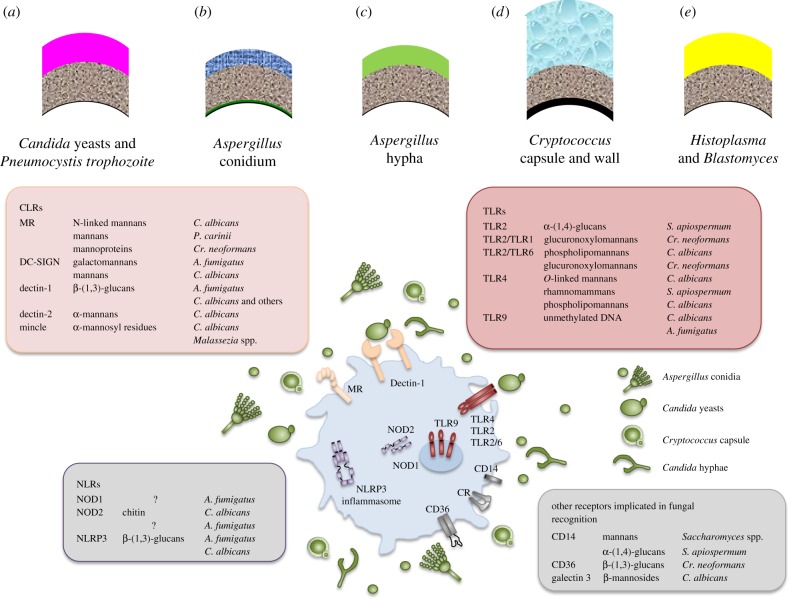Fungi trigger greater than a billion pores and skin infections, greater than 100 million mucosal infections, 10 million severe allergic reactions and greater than a million deaths annually.
Global mortality owing to fungal infections is bigger than for malaria and breast most cancers and is equal to that owing to tuberculosis (TB) and HIV.
These statistics proof fungal infections as a major menace to human health and a major burden to healthcare budgets worldwide. Those sufferers who’re at biggest threat of life-threatening fungal infections embrace those that have weakened immunity or have suffered trauma or different predisposing infections reminiscent of HIV.
To tackle these international threats to human health, extra research is urgently wanted to know the immunopathology of fungal illness and human illness susceptibility with a purpose to increase the advances being made in fungal diagnostics and drug growth.
Here, we spotlight some latest advances in primary research in medical mycology and fungal immunology which can be starting to tell scientific selections and choices for customized medication, vaccine growth and adjunct immunotherapies.
This article is a part of the themed problem ‘Tackling rising fungal threats to animal health, meals safety and ecosystem resilience’.

The growth and software of ultrastructural research in mycology.
Electron microscopy has contributed a nice deal to the sphere of mycology. Fungal ultrastructure has been, and continues to be, a key research component within the examine of spore growth and germination, host-pathogen interactions, nuclear habits, and research of subcellular organelles and group linking construction and operate.
Since the earliest research in transmission electron microscopy within the 1950s, mycologists have saved tempo with the developments in all areas of electron microscopy and have used them to nice benefit in producing wonderful structural data on fungi.
These latest developments embrace the usage of scanning electron microscopy within the 1960s, X-ray microanalysis, cryopreservation and immunoelectron microscopy within the 1970s and 1980s. All of those strategies will proceed to offer mycologists with the means to realize morphological and analytical knowledge on the ultrastructural stage
